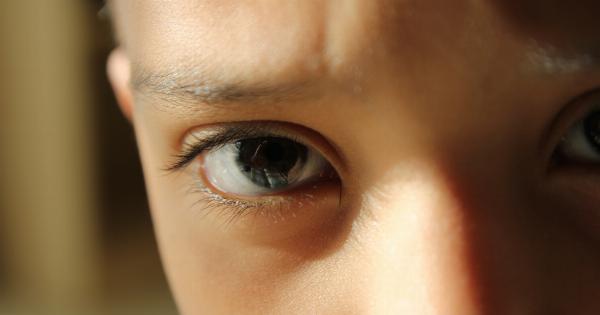Have you ever wondered if your eyes can truly see the colors of the rainbow? Most people assume that they have a perfect color vision, but the truth is that color perception can vary from person to person.
In this article, we will explore what a color vision test is and how it can determine your ability to see the rainbow.
What is a color vision test?
A color vision test is a type of optical evaluation that measures your ability to perceive different colors. These tests detect color blindness, which is a condition that affects the way you see colors.
People with color blindness have difficulty distinguishing between certain colors, which can affect their daily lives.
How does a color vision test work?
There are different types of color vision tests, but the most common one is the Ishihara test. This test involves a series of colored plates, each containing a pattern of dots or lines.
The patterns are made up of different colors and are designed to be visible only to people with normal color vision. People with color blindness will not be able to see the pattern, or they will see a different pattern than the one that is intended to be seen.
: Take the color vision test
Are you ready to find out if you can truly see the rainbow? Take the Ishihara color vision test here:.
https://www.color-blindness.com/color-arrangement-test/.
: Results
If you can see all the numbers in the Ishihara plates, congratulations – you have excellent color vision! However, if you have trouble seeing some of the numbers, you may have a color vision deficiency.
The severity and type of color blindness can vary from person to person. If you are concerned about your color vision, talk to an eye doctor or optometrist.
: Types of color blindness
Color blindness is not a rare condition – in fact, it affects about 1 in 12 men and 1 in 200 women worldwide. There are three main types of color blindness:.
: 1. Deuteranopia
People with deuteranopia, which is also known as green-color blindness, have difficulty distinguishing between green and red colors. This is the most common type of color blindness.
: 2. Protanopia
People with protanopia, which is also known as red-color blindness, have difficulty distinguishing between red and green colors.
: 3. Tritanopia
People with tritanopia have difficulty distinguishing between blue and yellow colors. This type of color blindness is very rare.
: Causes of color blindness
Color blindness is usually an inherited condition, passed down from parents to their children. In some cases, it can be acquired later in life due to certain medical conditions or medications.
: Living with color blindness
People with color blindness can lead normal lives, but they may face some challenges. For example, they may have difficulty with certain jobs that require good color vision, such as electricians or artists.
In addition, they may have trouble matching their clothes or distinguishing between traffic lights.
: Conclusion
If you have completed the Ishihara color vision test and can see all the numbers, then you can truly see the rainbow! However, if you have trouble seeing some of the numbers, you may have a color vision deficiency.
Remember, color blindness is a common condition, and people with this condition can lead normal lives. If you have concerns about your color vision, talk to your eye doctor or optometrist.


























